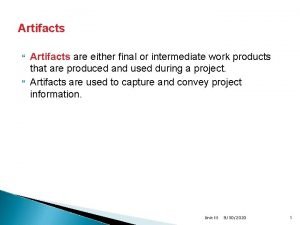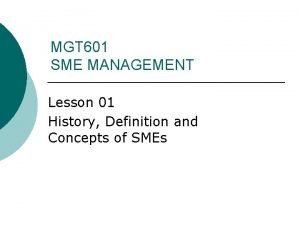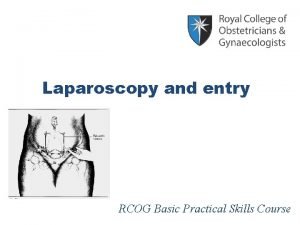Assessed Practical 10 Skills Assessed CPAC 1 Correctly




- Slides: 4

Assessed Practical 10 Skills Assessed: CPAC 1: Correctly follows instructions to carry out experimental techniques or procedures. CPAC 2: a. Correctly uses appropriate instrumentation, apparatus and materials (including ICT) to carry out investigative activities, experimental techniques and procedures with minimal assistance or prompting. b. Carries out techniques or procedures methodically, in sequence and in combination, identifying practical issues and making adjustments when necessary. d. Selects appropriate equipment and measurement strategies in order to ensure suitably accurate results. CPAC 3 a. Identifies hazards and assesses risks associated with these hazards, making safety adjustments as necessary, when carrying out experimental techniques and procedures in the lab or field. CPAC 3 b: Uses appropriate safety equipment and approaches to minimise risks with minimal prompting. CPAC 4: a. Makes accurate observations relevant to the experimental or investigative procedure. b. Obtains accurate, precise and sufficient data for experimental and investigative procedures and records this methodically using appropriate units and conventions. CPAC 5: b. Cites sources of information demonstrating that research has taken place, supporting planning and conclusions

Introduction • Aspirin is prepared by the acylation of salicylic acid (2 hydroxybenzenecarboxylic acid) using ethanoic anhydride as the acylating agent. • The reaction can be represented as follows. HOOCC 6 H 4 OH + (CH 3 CO)2 O HOOCC 6 H 4 OCOCH 3 + CH 3 COOH salicylic acid ethanoic anhydride aspirin ethanoic acid • Aspirin (2 -ethanoylhydroxybenzenecarboxylic acid) is an antipyretic drug (reduces fever by lowering body temperature) and an analgesic (relieves pain).

Making Aspirin • Aspirin does not react in the acidic conditions in the stomach, but is hydrolysed in the alkaline conditions found in the intestines to produce ethanoate ions and salicylate (2 hydroxybenzencarboxylate) ions. • Salicylates lower the body temperature of feverish patients and have a mild analgesic effect relieving headaches and other pain. • The toxic dose is relatively high, but symptoms of poisoning can occur with quite small quantities.

What do you need to do? Due: • Research an appropriate method for this experiment • You need 2 references – if you use the internet you need the web address, time and date and the author. • Please print off your sources, so we can see that your method is your own work! • Equipment list • Your method should include why you have chosen each piece of measuring equipment. • Clear method • Safety assessment







